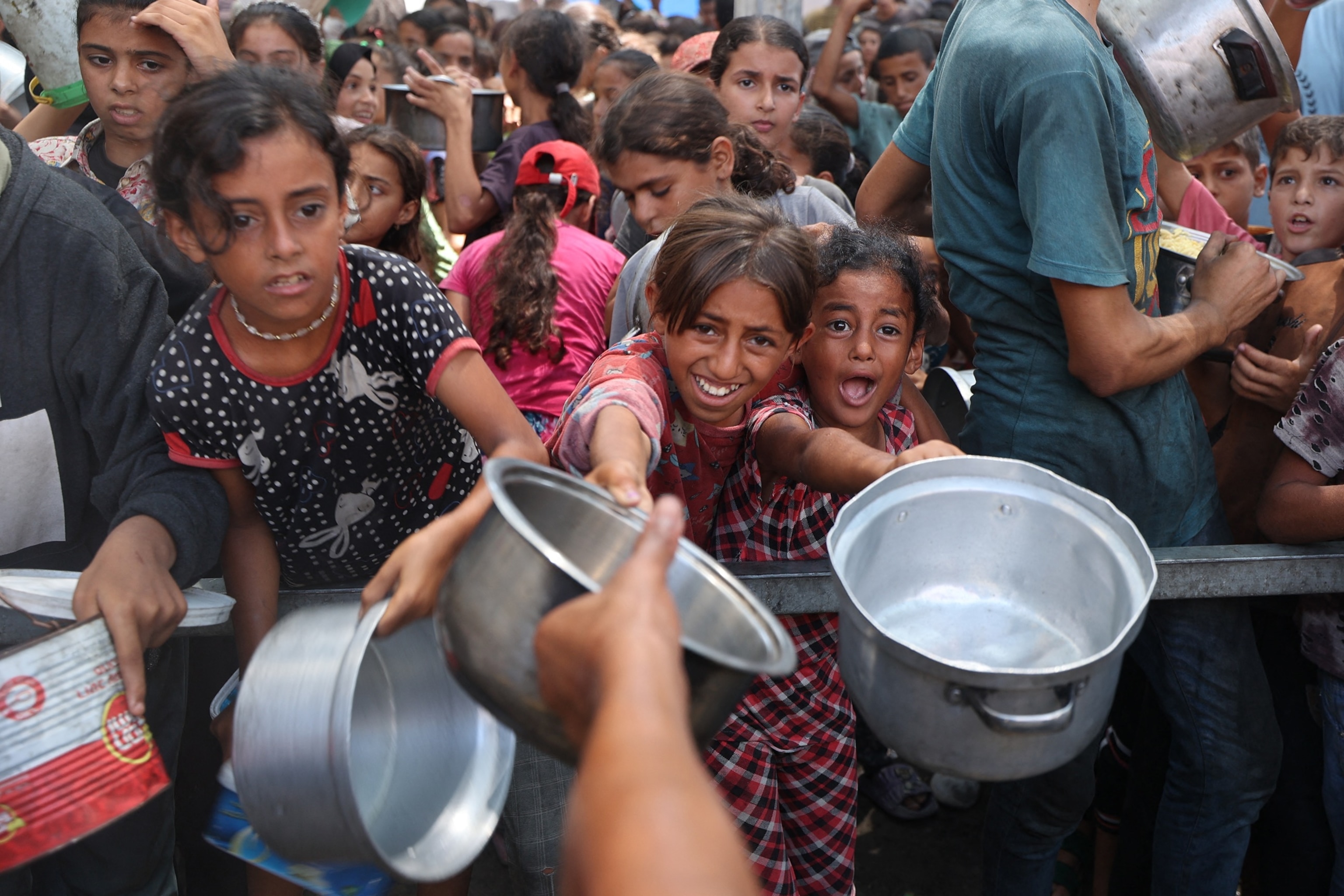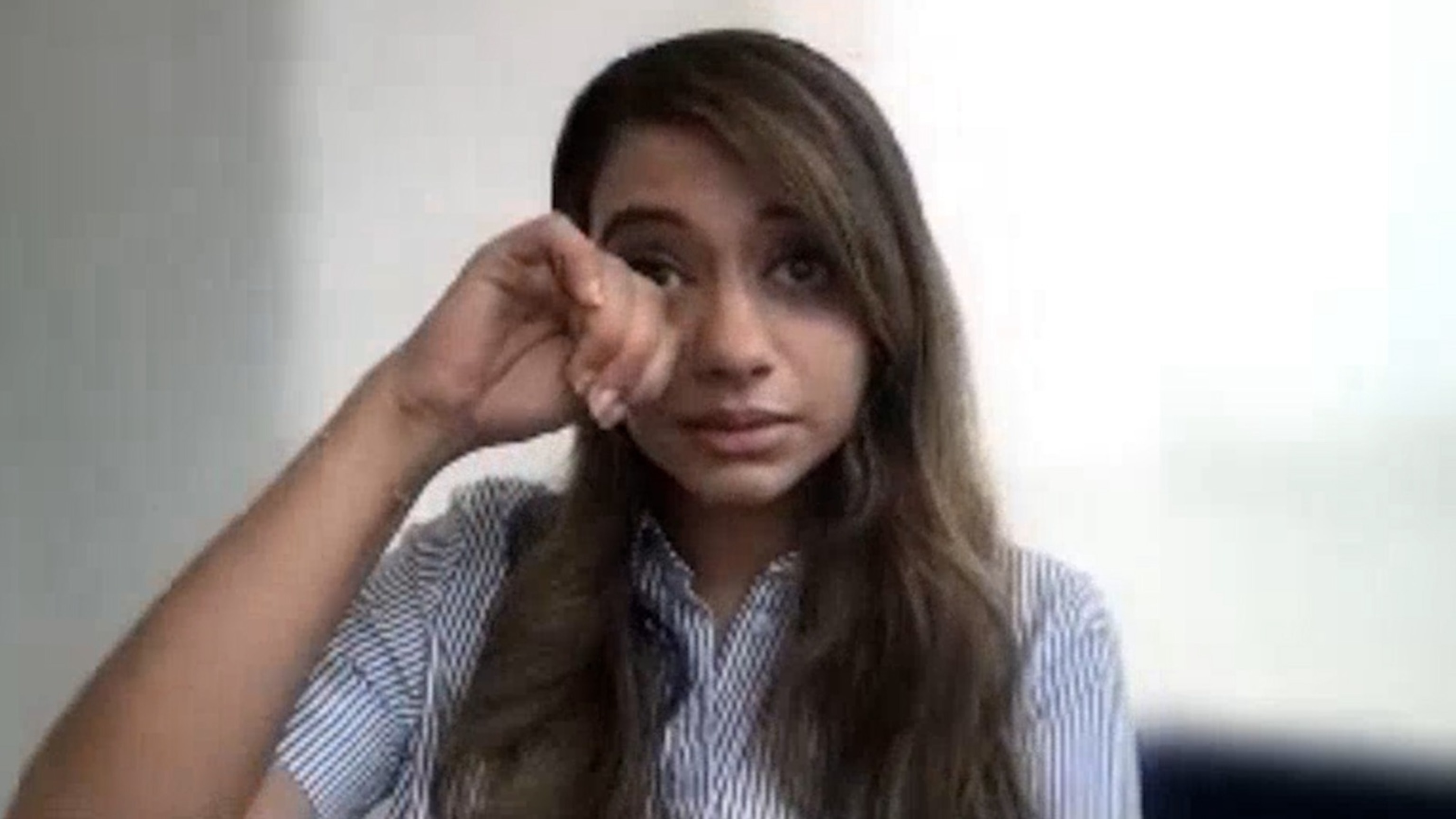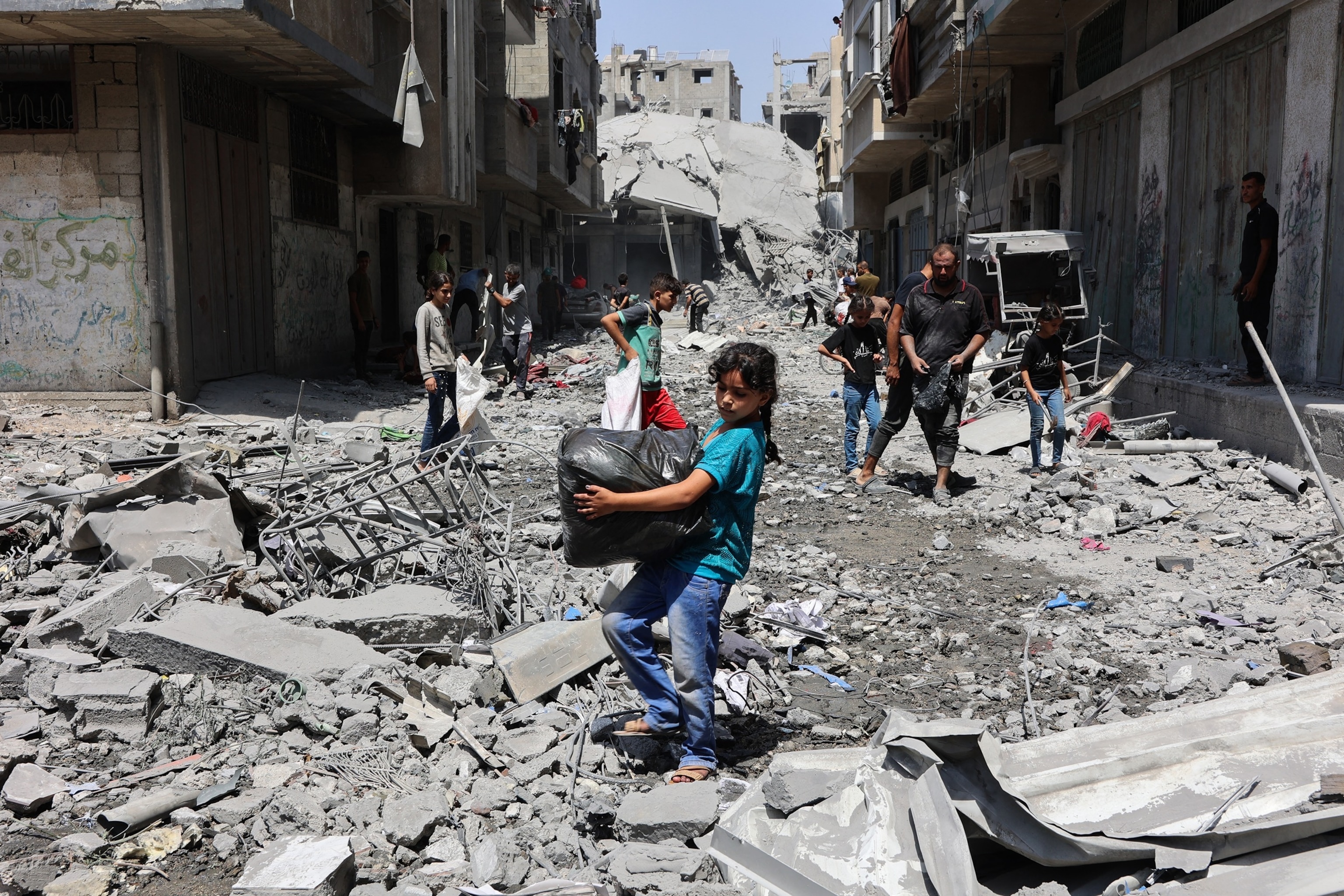The “horror” in Gaza is “incomprehensible,” says the American doctor who treated the patients there

Dr. Aqsa Durrani, an American doctor who has been providing humanitarian work throughout the world for more than 15 years, said in the middle of the heartbreaking scenes of death and destruction in Gaza, a story is especially left with her.
Found injured and only after an Israeli air attack, a 4 -year -old girl was taken to a trauma field hospital in Center of Gaza, he told ABC News.
“I was completely in shock. I wasn’t talking and [a colleague] I decided: “I have to take this little girl home and I have tried to see if I can help her find her family,” said Durrani, a pediatric doctor at the UCI and an epidemiologist who worked with doctors without borders in Gaza earlier this year.
Durrani, who said his colleagues are working in conditions that are “incomprehensible”, recently caught great attention for a interview In the digital platform “Humans of New York”.

The Palestinians gather to receive cooked meals from a food distribution center in the Nuseirat refugee camp in the Central Gaza Strip on August 18, 2025.
Eyad Baba/AFP through Gettty Images
“He has children around his age. He tried to feed her, tried to play with her,” Durrani told ABC News. “She was completely not emotional, for days. And for those days, she tried to find her family.”
He looked in the area where he hit the air attack, a place where displaced people protected themselves, but could not find his family there, according to Durrani.
“Finally, he said he found a man who said he had a niece of that age and that they stayed in that area, so he brought it to him,” Durrani said.
“He said that when she saw him, she shouted ‘ammunition’, which means uncle in Arabic, and she ran towards him and hugged him. And it was the first time [my colleague] I had heard her talk, “Durrani said.
But this was just a child and it took days to find his family because they had been displaced several times, Durrani told ABC News.
“I said: ‘It’s so beautiful that you took her and could meet her with her uncle.’ And he said: ‘I have to do that.
“I think history exemplifies all aspects of horror that everyone is experiencing,” Durrani said.

Dr. Aqsa Durrani, a pediatric doctor at the UCI and Epidemiologist, worked with doctors without borders in Gaza earlier this year.
ABC News
Durrani was based in the center of Gaza, who worked at a trauma field hospital there, from February 24 to April 24, witnessing the end of the Alto El Fuego de Israel agreement with Hamas and the blockade of one week in all humanitarian aid.
Field hospitals, which are semi -permanent stores and structures, were destined to download existing hospitals. At the Campo Hospital where Durrani worked, they could only provide care to injured or burned patients, he said.
“We could not provide other services the circumstances in which we were,” Durrani said. “We really had to keep it in the trauma service that save lives.”
“Now, most patients who are receiving are injured in these alleged help distribution sites. Now they are receiving more patients with gunshot wounds, including gunshot wounds. Every day it continues to get worse and we have only witnessed this genocidal violence now for months and months and is beyond anything that even our most experienced humanitarian colleagues can imagine,” Durrani said.
Israel’s defense forces have said previously that the trigger incidents in the aid sites were under review, but has also said in a few cases that it triggered “warning shots” towards people who supposedly “advanced while representing a threat to troops.”
At least 2,018 have died trying to obtain humanitarian aid in Gaza and another 15,000 have been injured since May 28, according to the Gaza Ministry of Health, directed by Hamas.
Durrani said that his colleagues, despite experiencing constant horror, were “committed to doing everything possible and despite their own personal trauma” and continue to arrive every day.
“We have had doctors who receive their own family members in the emergency room during the incidents of massive victims. They are supporting these horrors and also working to provide care in those circumstances,” he said.
“What I cannot emphasize enough is that they, even in those circumstances, and even despite a relentless trauma, were providing beautiful, compassionate and evidence -based attention,” Durrani said.

The Palestinians save the articles of the debris of houses destroyed in Israeli strikes in the neighborhood of southern Al-Zeitoun in the city of Gaza on August 19, 2025.
Omar al-Qattaa/AFP through Getty Images
Durrani recalled one day when “they called a child psychiatrist, who was one of the only children’s psychiatrists throughout the Gaza Strip, he apologized so much that he could not come to see the children that day and told us that it was because he was actually displaced that day, and that he had lost some of his family members.”
Most of his patients were women and children “even though our hospital was for everyone,” he said.
“We round all patients injured with surgeons and go out to the patient for the patient. And there were often close air attacks, and Palestinian doctors and nurses simply talked stronger about the pumps. And they simply continued to provide compassionate care to patients while we continued on the line,” Durrani said.
The food was becoming more scarce towards the end of Durrani’s time in Gaza, he said.
“A large part of our day spent trying to work with other organizations to see if we could find some food to give someone. In the end, I could only provide patients one food per day, and mothers and children shared a part of a meal,” he said.
“I even made a mother say: ‘Is there anything you can give my son to distract him from hunger?’ And this was a child who had been burned by a fire that resulted from an air attack, “he said.
Durrani said he believes that Gaza conditions are a “deliberate choice” made by Israeli leadership, and asked the United States government to withdraw their support for what he called “complete indiscriminate” violence.

Dr. Aqsa Durrani, a pediatric doctor at the UCI and Epidemiologist, worked with doctors without borders in Gaza earlier this year.
ABC News
The Israeli government has denied that it is limiting the amount of help that enters Gaza and has affirmed that Hamas steals help for civilians. Hamas has denied those statements.
The Israel Cabinet has approved plans to expand its military campaign in Gaza, causing generalized criticisms of the United Nations and the key allies, including Germany. The UN High Commissioner for Human Rights, Volker Turk, said on August 8, the escalation “will result in a more murderous suffering, more unbearable, [and] Destruction without meaning. “
More than 100 help groups have warned about the “mass starvation” in Gaza, describing a serious food shortage due to the siege of the Israeli government.
Israeli government spokesman David Mencer retracted, saying “there is no famine” in Gaza. He blamed Hamas and called the food crisis in Gaza “an artificial shortage designed by Hamas.”
A USAID analysis seemed to undermine Israeli claims about the extent to which Hamas has allegedly stole humanitarian aid. A presentation reviewed by ABC News, which examines more than 150 reported incidents that involved the theft or loss of humanitarian aid financed by the United States in Gaza, showed that the group could not find any evidence that Hamas participated in a generalized deviation of help to cause the amount of hunger observed in the strip.
Durrani said that providing medical help in the Gaza Strip was a different experience to any other.
“It is dystopian, but it causes a very visceral response. It is completely unfathomable that it is actually real, everything around him. I entered the crossing of Karam Shalom and drove through Rafah and Rafah was at that point, even at the end of February, almost completely destroyed. It seemed an inypian reality,” Durran said.





